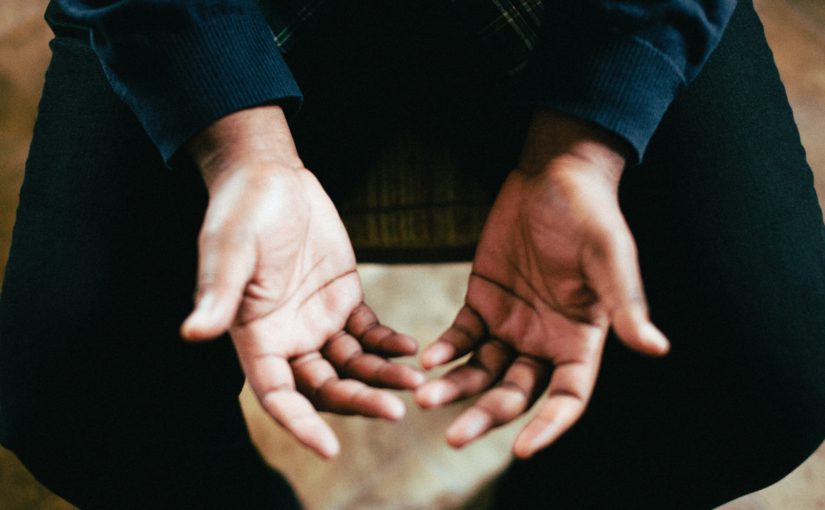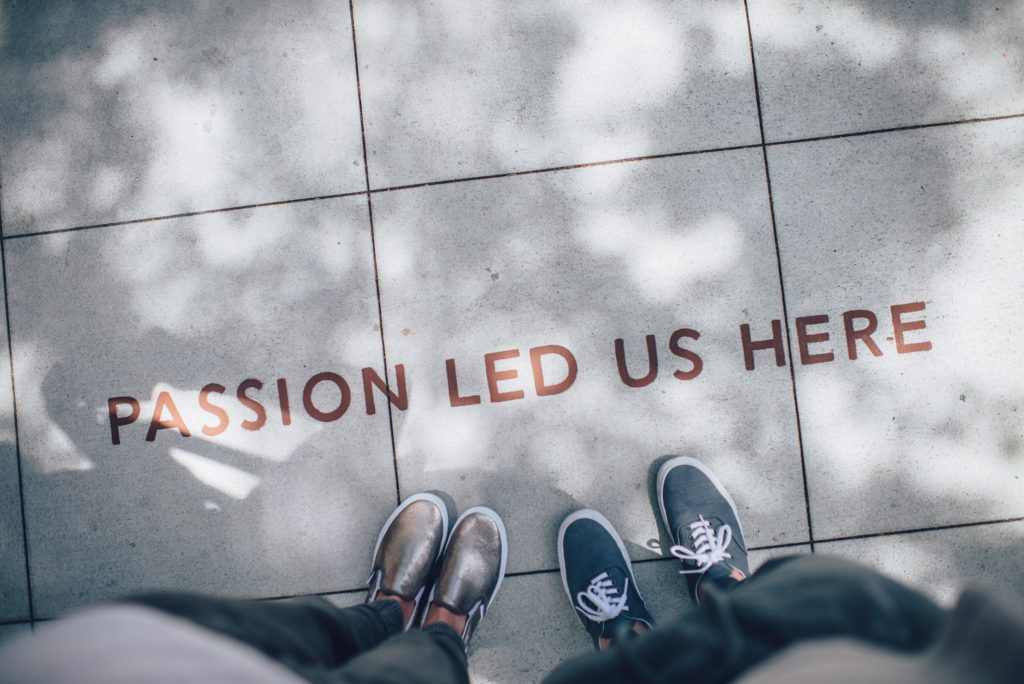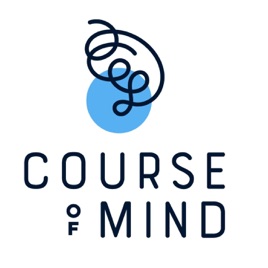Be patient with me, it’s been a minute.
Part of being an adult who grew up closeted and queer, for me, is reading a ton of queer YA fiction as an adult. The stories that were kept from me and labeled gross, perverse, and inappropriate by peers and – by way of their silence – my teachers are stories I relish now. As much as it is about helping the students I serve see themselves in the pages of the books our district’s English teachers feature in their classrooms, it’s about applying a balm to the scars left by shame in my childhood.
This is how I first approached Becky Albertalli’s Simon vs. The Homo Sapiens Agenda (2015). It was another text to help me somehow feel better about my adolescence. And it was another book to keep on that shelf of my mind for the occasions a caring teacher asked for a recommendation that started with “I’ve got this kid…”
While Albertelli’s Simon is in many ways your standard coming-out/of age-story, it also does what few queer novels had done at the point it was published. It erred more on the side of coming-of-age than coming out. It was more popcorn than tissues. Simon was going to be okay and no one was going to be disowned, beaten, or killed for being queer.
As others have pointed out, Simon is also problematic. While the main character might be othered because of his sexual identity, he’s doing just fine in pretty much every other privilege category. Part of what made the story so warm was knowing his parents were going to be amazingly accepting by the end.
Those problems followed the book into its adaptation to the big screen, albeit with more ethnic variety in the casting than was explicitly stated in the book.
The strengths of both overshadow the flaws. This is why I sat down the other day to start the Disney+-turned-Hulu spinoff of Simon – Love, Victor.
I will not talk much here about the details of Love, Victor, save for the notion that, if any of the above interested you, Victor will pull your heart. I meant to watch an episode. It turned out to be the first and only show I’ve binged since my kids arrived at the beginning of December.
Whereas Simon showed me another queer kid, Victor showed me a queer kid whose path and experiences felt so real and complicated that I found myself sobbing when they got too close to my own.
But that’s not what I’m actually writing about…
And while I really, really, really recommend Love, Victor, it’s not what finally dragged me out of the deep writing slumber to put my thoughts to pixels.
Yesterday, Kristina binged the show on my suggestion and we were texting about it as she wrapped up. I noted, were I still in the classroom, I’d love to do a comparative analysis of the original Simon text and at least a few episodes of Victor to think through how race, class, privilege, religion, gender, and sexuality play out in both pieces of this shared world.
Then, today, as I was playing with this idea that will never happen, I heard this voice in my head say, “But what about the straight kids?”
I’m 39-years-old, and I’ve done some stuff with my life. I am out and proud. To get to the place where I feel comfortable typing any of this has meant putting in some tough work.
With all of that, in thinking about a story I can personally attest reads as truthful and important, I still worried about taking up space of straight people. I recognized the guilt of taking time away from the traditional narrative. I questioned the value of my own story. Still.
In processing all of this, I’ve come to realize my relationship to texts featuring queer characters has been solely focused on mirrors. Never once in all the time I’ve been doing the work have I acknowledged the value inherent in a straight kid reading about a queer kid. And, it makes sense. When those stories were so absent from my own growing up and still too-difficult to find for queer kids coming up now, I get how my brain has put importance on making sure kids (and adults) who feel like they’re living in the shadows can interact with texts that shine light where shame cast a cloud. Kids are killing themselves because these stories are still banned, ignored, or shunned.
But to think only this way is to accept the narratives do not have value as windows and doors. I’m embarrassed not to have thought of this before. It is possible, before today, if you’d asked me if I thought it was okay for a kid to make it through 13 years of public education and never encounter queer characters, I might have said something like, “Not the queer kids.” I would have begged off taking up space or putting explicit value on stories like the story of my life.
It turns out, I am not only applying balm, I’m still learning from these stories too. As you or your colleagues start to plan your syllabi or reading lists for the coming year, you are doing it wrong if you are not including queer characters. You are continuing to tell your students – queer and straight – that queer folx need not be given space on the page or in the world. That lesson sticks.









